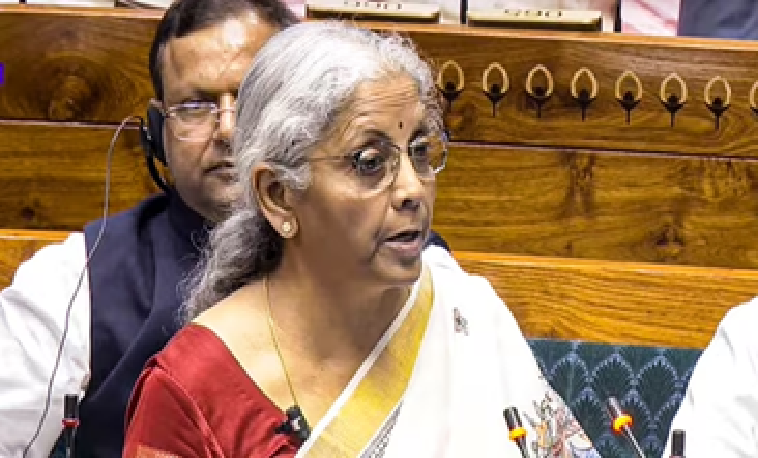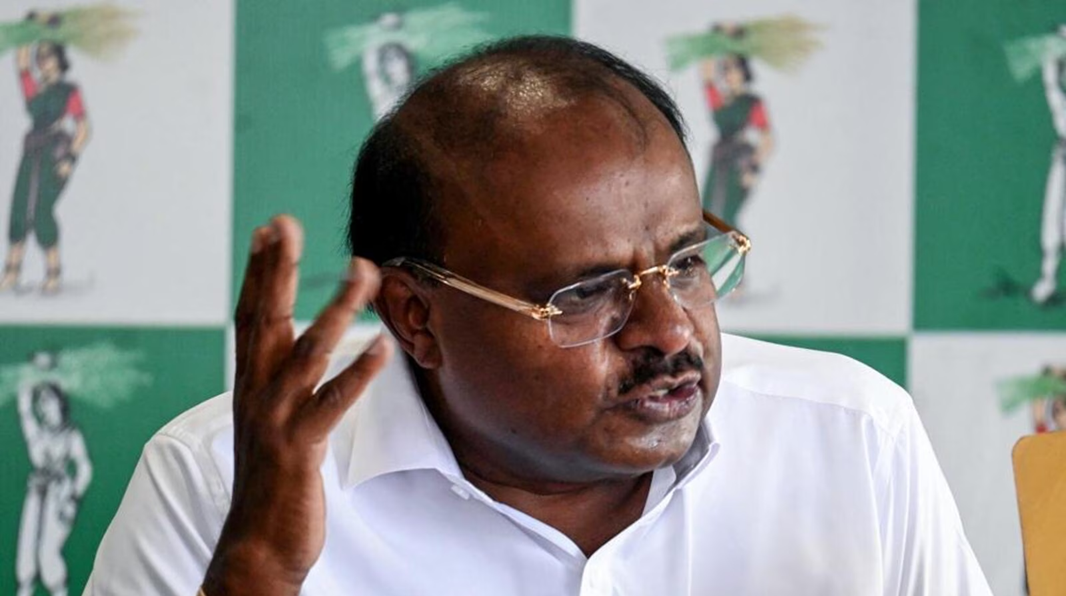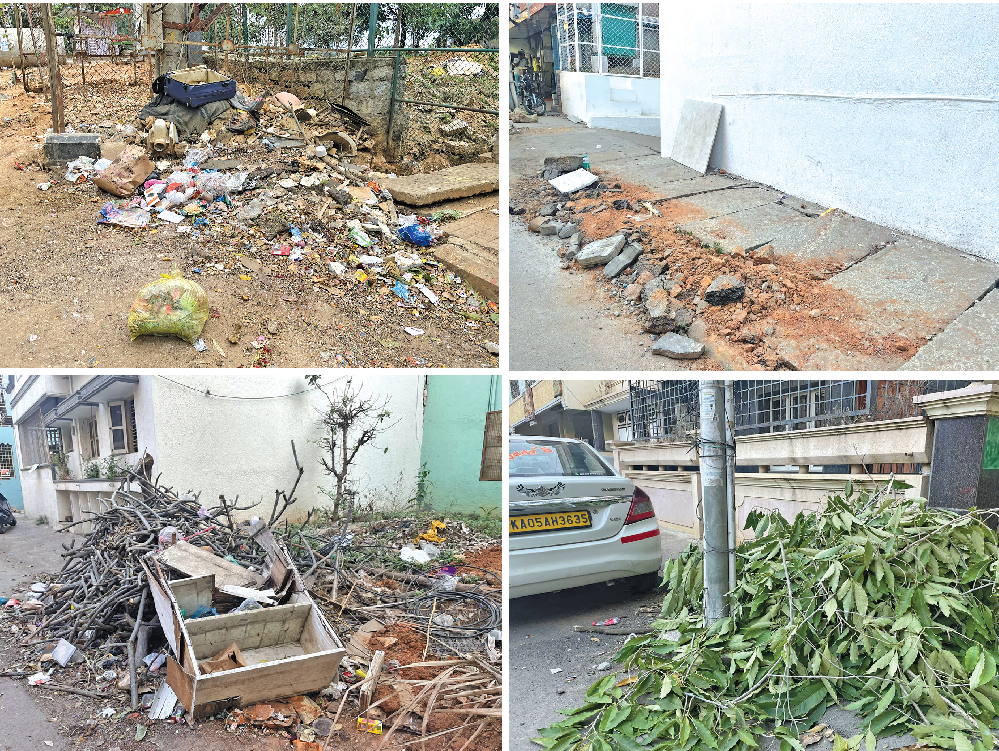
Pandemic: Is the end in sight?
Dr. N. Prabhudev
From our experiences over the past 2 years, the pandemic ends and then starts again! The third wave is here with India reporting the highest daily number of Covid cases in four months. Delta is still the dominant strain. Two weeks back, 12 per cent of the variants identified were Omicron and in the week gone by, it has increased to 28 per cent. One in 10 infected patients is in hospital against nearly 25% at a similar stage of the last wave triggered by the Delta variant.
India’s daily count has been spiralling, with more than 33,750 cases reported in a single day as on Monday morning, and the daily test positivity rate crossing 3.84 per cent. During the second wave, the Delta variant took four to five months to displace the existing variant. In the case of Omicron, this could be quicker.
Interestingly, the Sutra mathematical model for COVID-19, developed by IIT Kanpur and backed by the Indian government, had concluded that a third wave of COVID-19 is likely to hit India between the end of January and February 2022. The findings suggested a “mild third wave, with peak between 100-150K infections per day occurring sometime in February,” Prof Agrawal said adding that its scale and impact will hinge on how it is tackled by the government.
There is no need to panic but there is a need to be prepared, responsible and disciplined. A sudden surge in cases may put a strain on the healthcare system. There may be some pressure on hospitals and the healthcare network, especially when healthcare workers start getting sick. Precautionary third shots are a way to boost the immune response in them.
The R number is a key factor in gauging the coronavirus pandemic. Currently India’s R value is 1.22. An R value of 1 is a crucial threshold and a R of 1 and above tends to show exponential growth. An R of below 1 tends to show the end of the outbreak. All we need to do is keep the R below 1. The R number signifies the average number of people that one infected person will pass the virus to.
January 2nd marks two years since the first news reports emerged of a mysterious virus striking in the Chinese city of Wuhan. As we begin the third year of the pandemic, we are at the worst point of the crisis. Those 44 cases have become an estimated three billion. The new Omicron variant is spreading at an unprecedented rate.
An early study from Imperial College in London suggests that, compared to the previously dominant Delta variant, those infected with Omicron are 15 per cent less likely to attend hospital, and 40 per cent are less likely to be hospitalised for a night or more.
There are key differences between the situation last year and now. As many as150 crore doses of vaccines have been injected and around 60 crores have had both doses. Along with the vaccines, there are the Anti-corona pills to treat Covid-19. India cleared Molnupiravir, an antiviral drug manufactured by Merck and Ridgeback, for emergency use. The drug is supposed to prevent the development of severe conditions.
The most crucial factor, as usual, would be people’s compliance with Covid-appropriate behaviour. It may not feel like it, but this is the beginning of the end of the pandemic
(The author is a former VC, Bangalore University and former director, Jayadeva Institute of Cardiology and Research Institute)
 English daily published in Bengaluru & Doha
English daily published in Bengaluru & Doha






